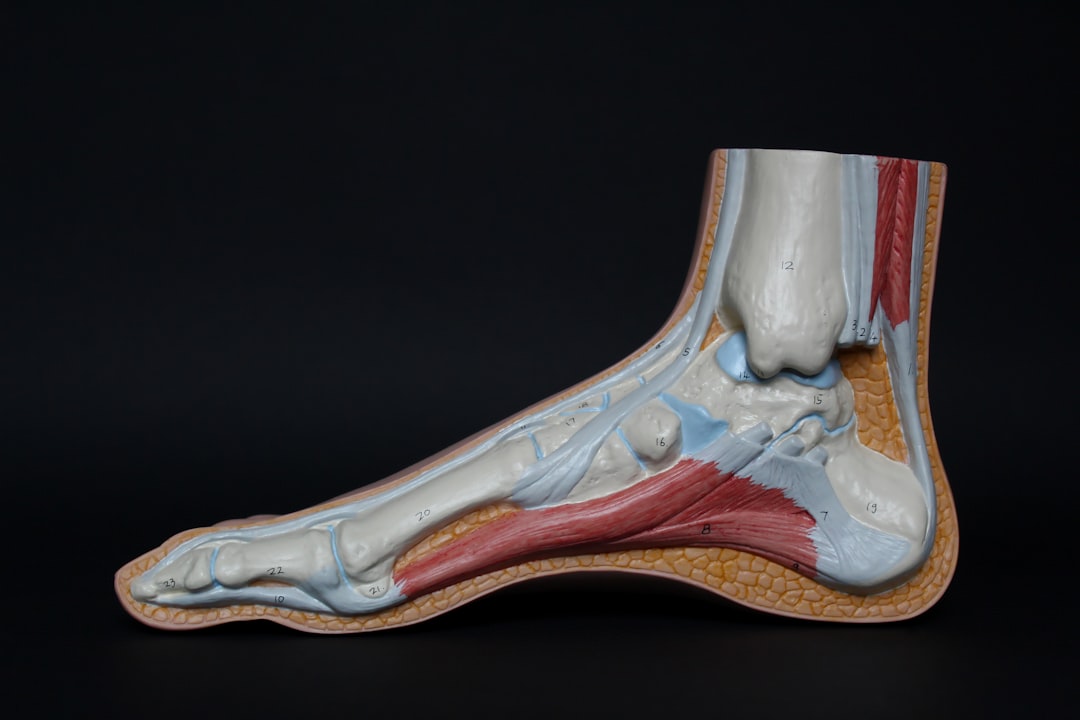What is it about?
For densely binding bubble clusters, conventional image analysis methods are unable to provide an accurate measurement of the bubble size distribution because of the difficulties with clearly identifying the outline edges of individual bubbles. In contrast, the bright centroids of individual bubbles can be distinctly defined and thus accurately measured. By taking this advantage, we developed a new measurement method based on a linear relationship between the bubble radius and the radius of its bright centroid so to avoid the need to identify the bubble outline edges. The linear relationship and method were thoroughly tested for 2D bubble clusters in a highly binding condition and found to be effective and robust for measuring the bubble sizes.
Featured Image

Photo by Malcolm Lightbody on Unsplash
Why is it important?
For densely binding bubble clusters, conventional image analysis methods are unable to provide an accurate measurement of the bubble size distribution because of the difficulties with clearly identifying the outline edges of individual bubbles. In contrast, the bright centroids of individual bubbles can be distinctly defined and thus accurately measured. By taking this advantage, we developed a new measurement method based on a linear relationship between the bubble radius and the radius of its bright centroid so to avoid the need to identify the bubble outline edges. The linear relationship and method were thoroughly tested for 2D bubble clusters in a highly binding condition and found to be effective and robust for measuring the bubble sizes.
Perspectives
Engineering, Mechanical Mechanics Engineering Mechanics
Dr. Guanxi Yan
University of Queensland
Read the Original
This page is a summary of: Size distribution measurement for densely binding bubbles via image analysis, Experiments in Fluids, November 2014, Springer Science + Business Media,
DOI: 10.1007/s00348-014-1860-z.
You can read the full text:
Resources
Contributors
The following have contributed to this page










